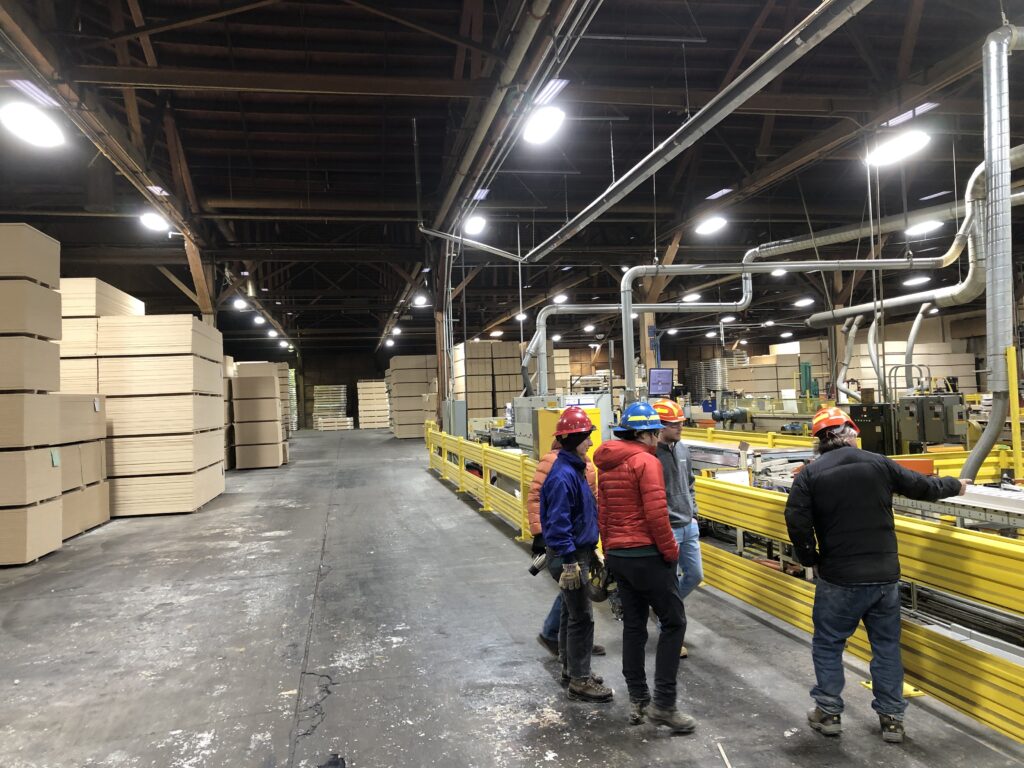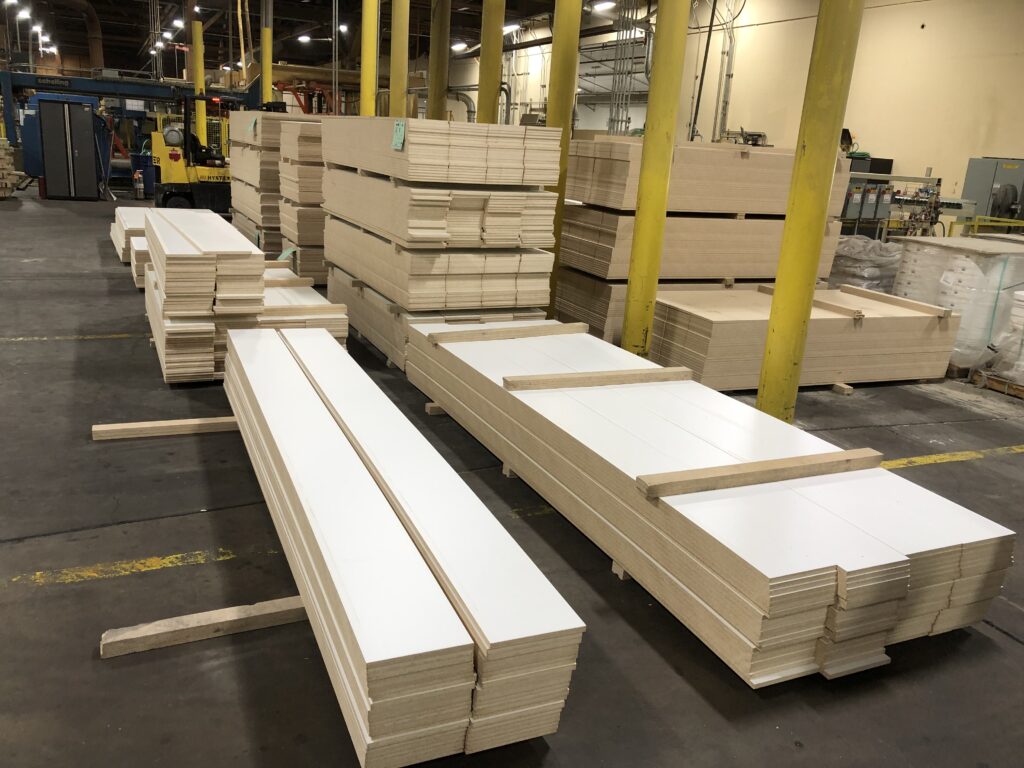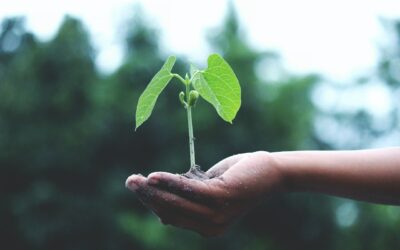Editors note: Kyle Johnson is a forester with the Bureau of Land Management’s Missoula Field Office. Mr. Johnson is not affiliated with Healthy Forests, Healthy Communities but gave us permission to share his message.
Just over a year ago, a group of us from the BLM toured the Roseburg Forest Product (RFP) Missoula Composites facility. It jumped out to me at the time as one of the best tours I’d ever been on because of how clean, organized and efficient the operations were, besides how friendly all the staff were. Sadly this operation is now in it’s final days and so in recognition of all the folks now unemployed, as well as the outsized impact this will have on our ability to manage Montana’s forests, I give you the Forest Friday I wrote about that tour. Thanks for reading and have a great Friday.
————————————————————————————————–
Forest Friday: Montana /Dakotas BLM Foresters tour the Roseburg Forest Product (RFP) Missoula Composites facility – originally published 3/3/23.
The Missoula Composites operation sits on 200 acres in Missoula, nestled between the train tracks and I-90 near North Reserve Street. The site was originally owned by Louisiana Pacific, and has been in operation since 1968. Roseburg Forest Products bought the operation in the early 2000’s, and it currently runs 24 hours, 7 days a week. Missoula Composites is a forest product manufacturing site, but not a sawmill. Rather this site utilizes sawdust from area sawmills, and turns that waste in to valuable and versatile products which is ships nationwide. In years past, Teepee Burners were a common sight at sawmills where all the scraps and sawdust would have been burned. Those days are long gone and today utilization is the name of the game: nothing goes to waste.

The sawdust is sourced from sawmills all over western Montana, such as RY Timber in Livingston MT (Update: now owned by Sun Mountain Lumber), Pyramid Mountain Lumber (update: now closing), and Sun Mountain Lumber in Deer Lodge MT, as well as further afield in NW Montana and Canada. Once at the Missoula site, the sawdust goes through a rigorous process of drying and grinding to make it all uniform within the company’s exacting specifications. The material is then mixed with a binder and spread in a sheet where it is heated and compressed. Next comes trimming to dimension and finishing which includes sanding and/or applying a final white or colored layer for appearance and edging. The finished product is loaded by forklift onto trucks or railcars for distribution across the country. The plant loads out about 4 – 6 railcars and 20 over-the-road trucks everyday. Shelving available at Lowes is the primary market they supply, although more recently they have begun supplying products to more local, independent home improvement stores.

Over the years the RFP company has made large investments to keep the Missoula Composites operation state-of-the-art and a valuable member of the Missoula community such as installing a large earthen berm to stop sawdust from blowing on to neighboring properties and a multi-million dollar “bug farm” which uses natural organisms to clean emissions from the operation. Additionally, the RFP company makes large donations to locally active organizations such as the United Way annually.

The RFP Missoula Composites operation is an excellent example of a modern forest product company making use of what would have been waste in times past. This not only increases the utilization and carbon sequestration of the whole tree, but also reduces emissions from burning wastes. Additionally, by making the sawdust worth a value, it increases the value of the whole process all the way up to the timber sales offered from agencies like the BLM. That increased value comes full circle in helping to sustain and maintain the forest products industry and operators in Montana, which are critical partners in achieving our land management goals.
Our warmest thanks to the staff at RFP Missoula Composites for an excellent tour!
Pass over the stars to rate this post. Your opinion is always welcome.
Source: Healthy Forest








0 Comments